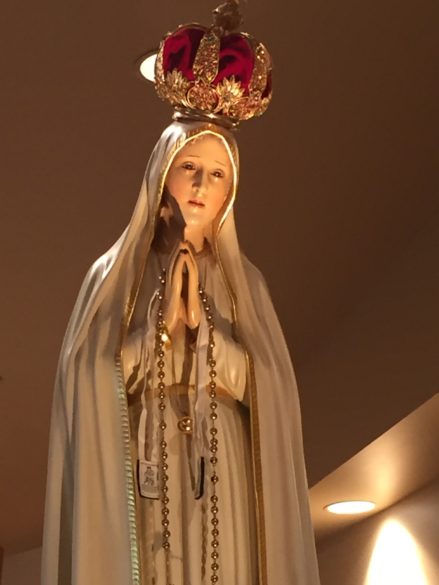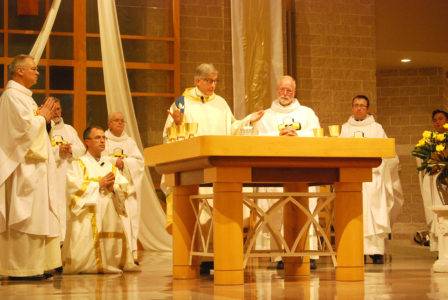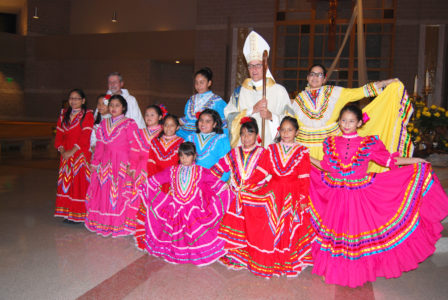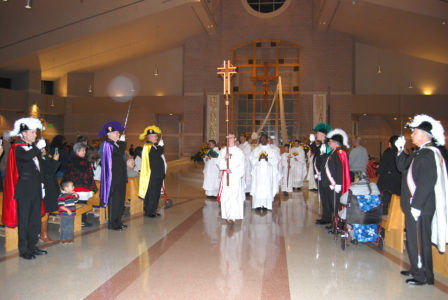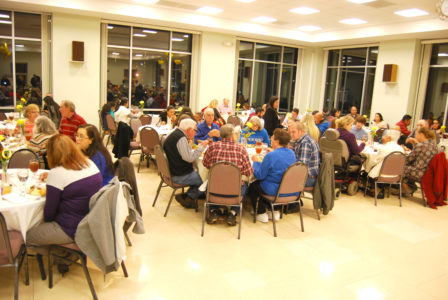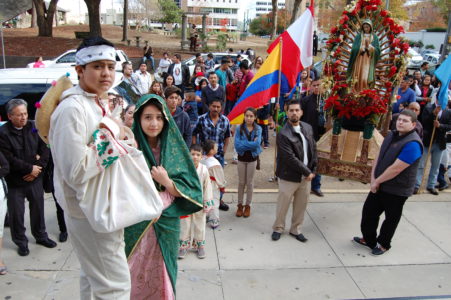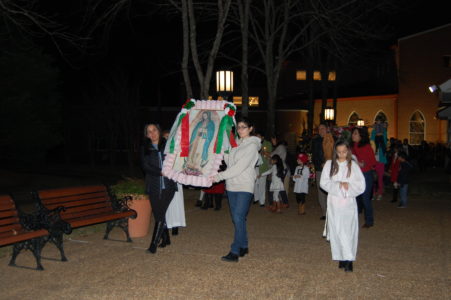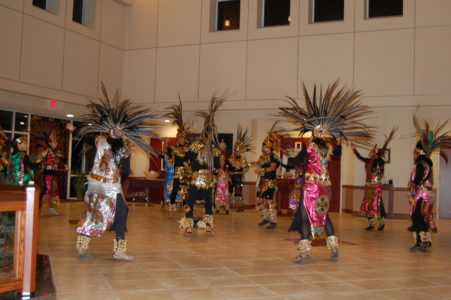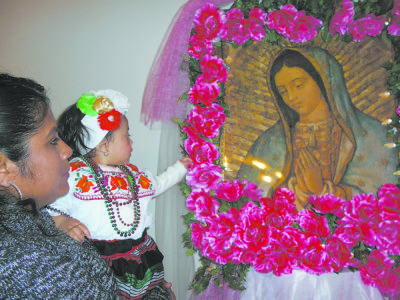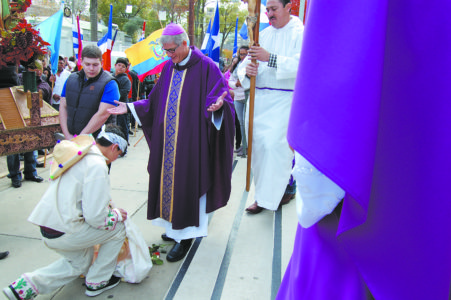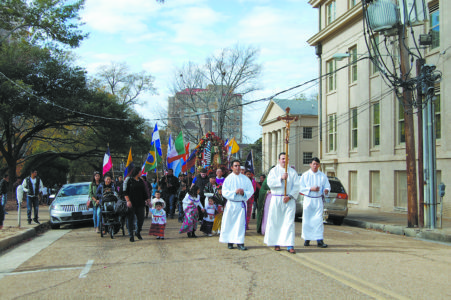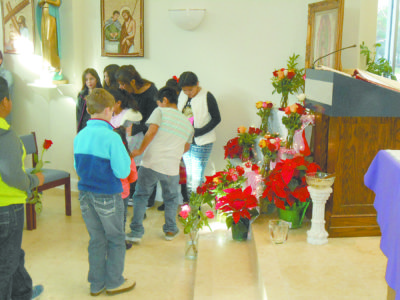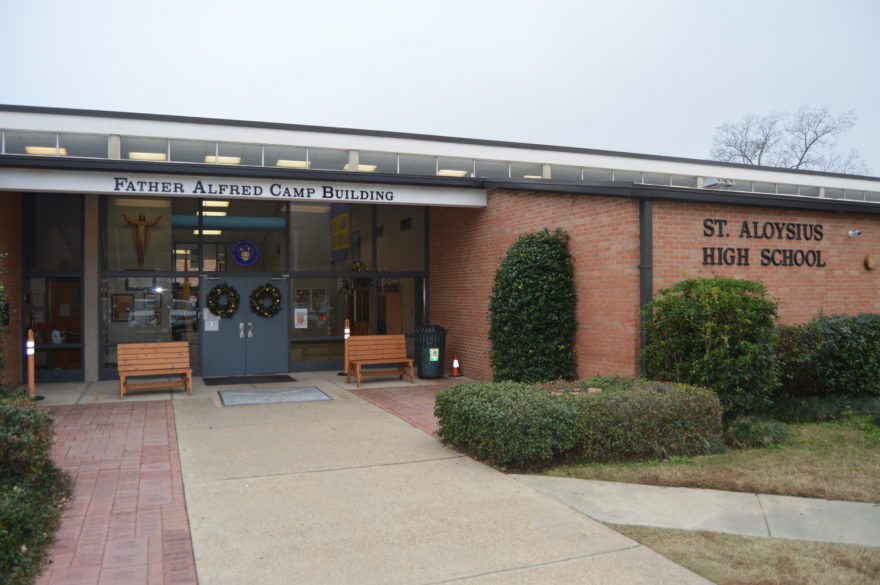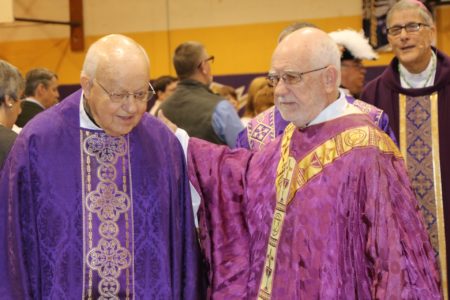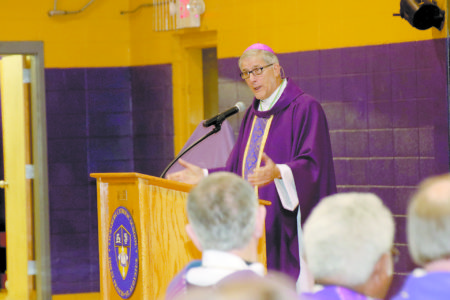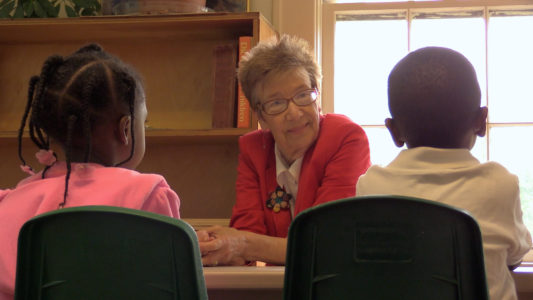By Elsa Baughman
JACKSON – Beginning Jan. 1, 2017, Catholic Charities’ offices will be moving to a pair of adjacent buildings in Jackson. The administrative, finance and development offices are being moved to 850 E. River Place and the offices for the Therapeutic Foster Care and adoption will be in the facility next door, 840 E. River Place.
The new offices have easy access from Interstate 55 using the Fortification Street exit and have a lot more parking spaces than the current facility in downtown Jackson.
Bishop Joseph Kopacz said that he and all the senior staff and program directors “are of one mind that the new location will better serve our staff and clients in the years ahead.” He noted the office space layout for each program is a better arrangement, giving each program its own access and privacy.
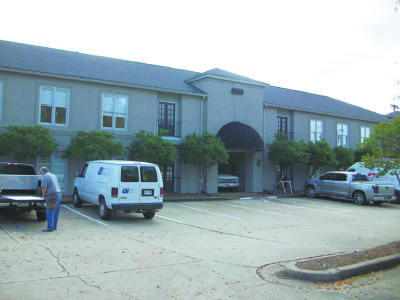
An exterior shot of the new Catholic Charities headquarters.
“The cost savings for the five-year lease will help to stabilize the finances immediately for Catholic Charities,” he said, adding that the new sites represent a savings of $70,000 to $110,000 a year. “There are 160 employees in the organization and the new personnel director has been a very positive influence,” he said. He believes the new location and strengthened morale will benefit the recruitment of a new executive director. That search will start in the first quarter of the new year.
Shamir Lee and Dianne Williams, who work at the Therapeutic Foster Care division of children’s services, are excited about the new office space. “The space is bigger, so we will have a lot of more room to store materials and the best thing is that we each have our own office space,” said Lee who was unpacking her office on Dec. 7 along with Williams. Both are also happy that the kitchen is bigger than the one in the downtown building.
Renee Tanner, administrative assistant at the Therapeutic Foster Care division, thinks her work is going to be more efficient now that they will have space to conduct private
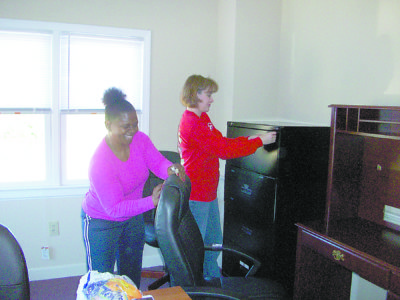
Amy Turner, director of Childrens’ Services, and Rena’ Tanner, administrative assistant in Therapeutic Foster Care, set up their new offices at Catholic Charities’ new headquarters on River Place in Jackson. (Photo by Elsa Baughman)
meetings with their clients other than their own offices. “In this building we will have an area where we can have family meeting without interruptions,” she said, adding that there will have more privacy to discuss issues pertaining to their personal cases.
Bishop Kopacz said that parking will be much better and eliminates yet another additional cost. At the downtown facility, the agency had to rent parking from a contractor. The building itself did not have the spaces needed. Michael Thomas, development director, mentioned that parking as one of the greatest advantages of the new location.
The office move is not the only one in the works for Catholic Charities. The Domestic Violence Shelter has purchased a building in a new location and will relocate when renovations are complete.
The shelter provides secure housing, day care for children, life skills training and legal resources for women and children who wish to leave an abusive situation. Staff has been looking for a new location for more than a year. They are continuing to provide services during the transition to the new facility.
(Editor’s note: The Catholic Charities Annual report is inserted in this edition of Mississippi Catholic)


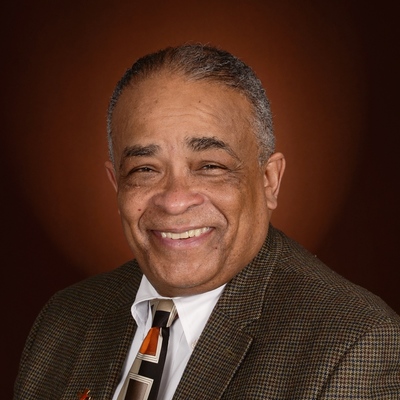 Deacon Miller believes in thoughtful action, not just words. “The whole idea of celebrating Dr. King’s birthday is celebrating peace and justice and righteousness,” said Deacon Miller. “The prophet Micah said ‘do justice,’ he didn’t say form a committee,” he added.
Deacon Miller believes in thoughtful action, not just words. “The whole idea of celebrating Dr. King’s birthday is celebrating peace and justice and righteousness,” said Deacon Miller. “The prophet Micah said ‘do justice,’ he didn’t say form a committee,” he added.